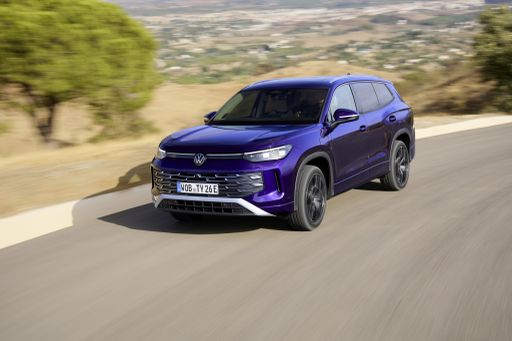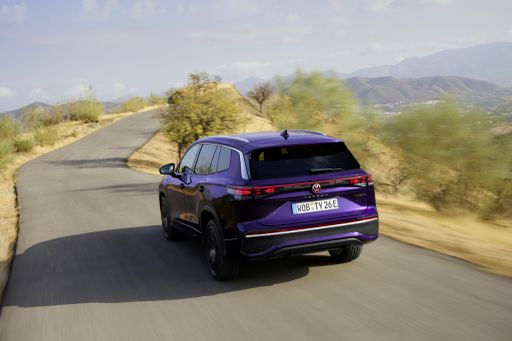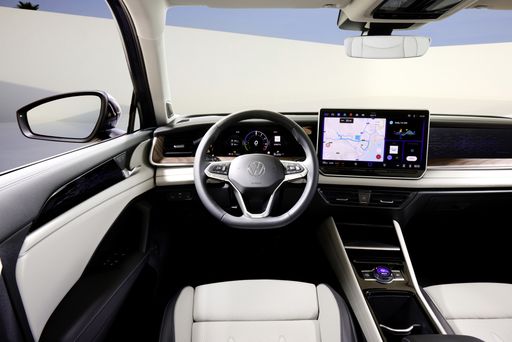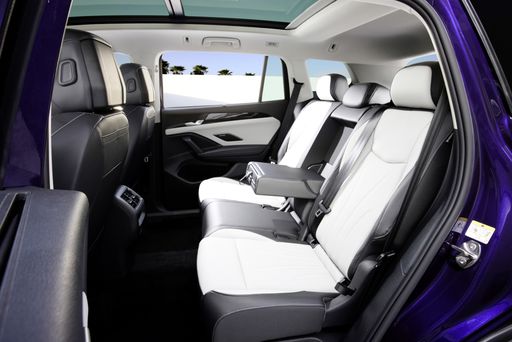Kia vs. VW: A Showdown in the SUV Arena
The automotive landscape has seen a fierce rivalry unfold between Kia and Volkswagen, particularly in the SUV segment. As both brands continue to innovate and evolve, a thorough comparison reveals the strengths and weaknesses of their latest models. In this article, we will explore the technical aspects and innovations that set these two automotive giants apart.







